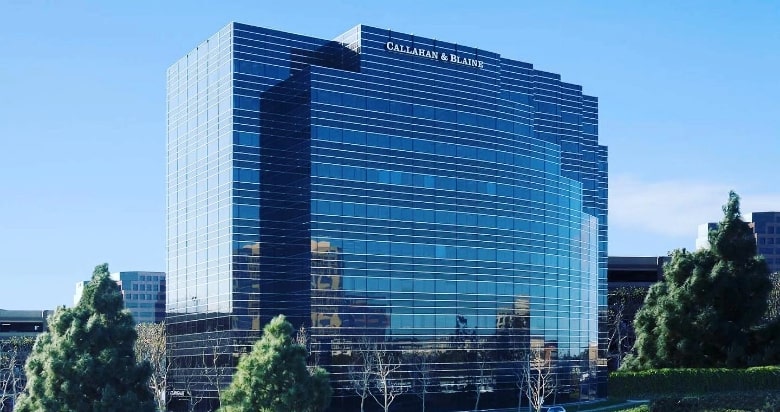Accidents that occur in construction zones often result in significant injuries for those involved. After these incidents occur, there needs to be an extensive investigation in order to determine what happened and who may be responsible. Ultimately, the liable party is important because this will likely determine who pays compensation to the injury victim for their medical bills. Here, we want to discuss liability issues when it comes to construction zone accidents.
Construction Zone Crashes – Let ‘Em Live
Construction zones in California and around the country typically have major signs that indicate that there is work being done and that drivers need to slow down to maintain the safety of everyone involved. Perhaps the construction zone campaign slogan created by South Carolina and used from 2002 to 2005 best explains why safety is important in these zones – “Let ‘Em Work, Let ‘Em Live.”
Lives are at stake.
Who is Responsible for These Incidents?
The reality is that construction zones by the roadside are areas where significant injuries can occur if drivers are reckless. However, drivers are not the only ones who have responsibilities in these areas.
Construction zones must be set up properly. This means that the government entity or companies involved in establishing a construction zone by the roadside are responsible for ensuring that drivers know about the approaching hazard of a construction zone. There should never be a time when a construction zone just pops up in front of a driver without any warning.
Most construction zones have adequate warnings that go back a significant distance away from the zone itself. This will include signs notifying drivers that they need to reduce their speed for a certain amount of miles. Additionally, if a construction zone is going to reroute the roadway in any way, including having traffic go into other lanes or take a detour, drivers must be able to see signs indicating these changes.
In the event there are not adequate warning signs for drivers approaching a construction zone, the government entity or construction company responsible for establishing the safety perimeter could be held responsible for any crash that occurs.
If a driver does receive an adequate warning and fails to adjust their speed or otherwise drives recklessly through a construction zone, and an accident occurs, then that driver will be held responsible for any injuries and property damage they caused as a result of a crash.
Who Investigates Construction Zone Crashes?
After a crash occurs in a construction zone, there will almost certainly be an investigation by law enforcement officials. Typically, The California Highway Patrol will conduct an extensive investigation into the incident to determine liability.
There could be cases where multiple parties share fault for a construction zone accident. For example, if a driver speeds through the construction zone and causes a crash, but the driver also did not receive an adequate warning about the upcoming lane changes or deduction, fault could fall on the driver and the entity responsible for setting up the construction zone.
Any person who sustains an injury or property damage in a construction zone accident needs to reach out to a skilled California vehicle accident lawyer who can examine every aspect of the situation and help recover maximum compensation.

